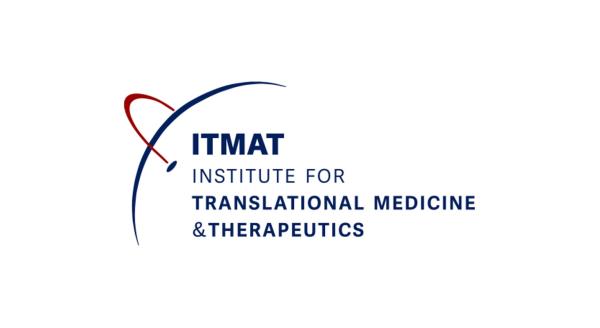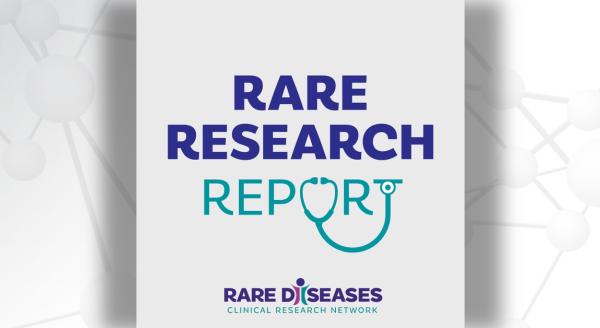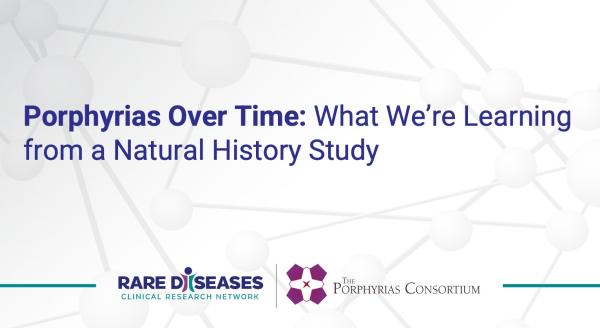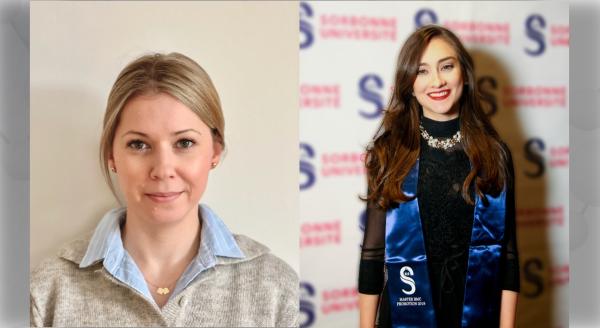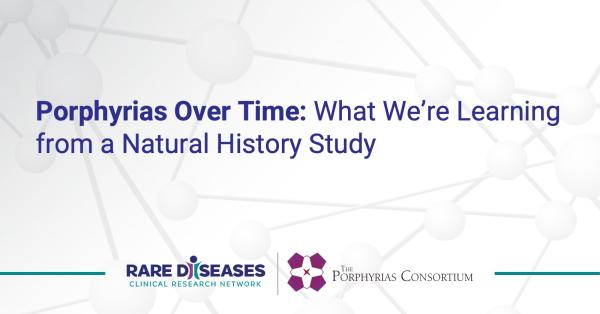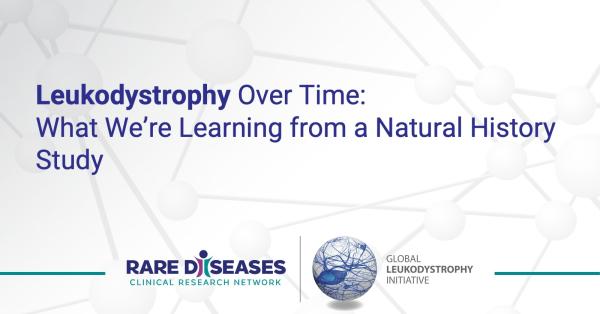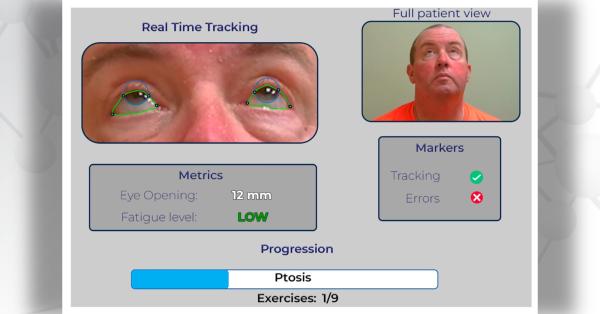Dr. Robert Steiner, Principal Investigator of the STAIR Consortium, was an invited speaker at Oregon Health & Science University's (OHSU's) 2012 Rare Disorders Research Consortium Conference. The February 29 Leap Day and Rare Disease Day standing room-only crowd included faculty, students, post-doctoral researchers, administrators, and industry and academic guests. In her opening remarks, Susan Hayflick, MD, chair of the Department of Molecular & Medical Genetics and co-chair (with Maureen Hoatlin, PhD, associate professor of Biochemistry & Molecular Biology) of the OHSU Rare Disorders Research Consortium (RDRC) summarized the goals of the gathering: to provide a platform for developing new research projects, to support collaboration and to share information about rare diseases research at OHSU.
Some patients wait years for a definitive diagnosis. Others never receive one. In the US, a disease is considered rare if it affects fewer than 200,000 people1 or has a greater prevalence but no reasonable expectation that drug development costs are recoverable by US sales2. Though each disease affects relatively small numbers, there are almost 7,000 rare diseases affecting 25-30 million people in the US.
"Research on rare diseases is, in many ways, [is] their only hope. And we come to work every day remembering that," said Susan Hayflick, MD, chair of the Department of Molecular & Medical Genetics and co-chair (with Maureen Hoatlin, PhD, Associate Professor of Biochemistry & Molecular Biology) of the Oregon Health & Science University (OHSU) Rare Disorders Research Consortium (RDRC). The RDRC committee challenged all attendees to talk to at least 3 new investigators during the poster session.
Added Dr. Hoatlin, "The RDRC aims to provide a collaborative platform among all the stakeholders — which includes the NIH, pharma/biotech, FDA, patients and their families, business development and intellectual property personnel, diagnostic development experts, among others – for rare diseases research," said Dr. Hoatlin. "We need all the stakeholders to work together to rapidly advance discoveries in the lab to treatments."
The OHSU RDRC comprises more than 100 investigators on campus studying nearly 100 rare diseases. These investigators span the entire translational pipeline including disease gene discovery, mechanisms, animal, cell and human model development and testing, unique research resources, innovative diagnostics and profiling, preclinical studies and clinical trials.
William Gahl, MD, PhD, clinical director of the National Genome Research Institute and the NIH Undiagnosed Diseases Program, gave an opening keynote address. He focused on several patient examples and disorders and observed that by improving the understanding of a rare disease – and in some cases, isolating its genetic underpinnings – parallel scientific insights into other more common, but similar, diseases are also uncovered.
Dr. Steiner noted that, "This conference was notable for the outstanding collaboration between several groups supportive of rare diseases research, including NIH and several of its institutes including NHGRI and NICHD, NCATS, the new NIH center for translational research and the Office of Rare Diseases Research, the CTSA program, and the RDCRN."
Former University of Oregon President David Frohnmayer, JD, spoke about the importance of research. The Frohnmayer family has lost two daughters to complications from Fanconi anemia, a genetic disorder that occurs in 1 out of 135,000 births and leads to bone marrow failure and often to leukemia and other cancers. The Frohnmayers have another daughter, 25-year-old Amy, who has the disease. The Frohnmayer family, which founded the Fanconi Anemia Research Fund 23 years ago, sees hope in advances medical researchers are making in tackling Fanconi anemia and hundreds of other rare diseases.
"The important research being done on Fanconi anemia is vital not only because it can help people like Amy, and thousands of others who have this disease," Frohnmayer said, "it is also important because what scientists learn about FA gives them new insights into tackling other diseases, especially cancer and leukemia."
Several researchers presented overviews of their work: Maureen Hoatlin, PhD; Markus Grompe, MD; William Skach, MD; Robert Steiner, MD (PI of the RDCRN STAIR Consortium); Sue Richards, PhD; Tim Stout, MD, PhD; and Susan Hayflick, MD. The conference also sponsored a poster session, with 37 posters.
A sure sign of the conference's success was when one participant told Dr. Hoatlin, "I had no idea there were so many people working on rare diseases at OHSU."
The conference was sponsored by the Oregon Clinical & Translational Research Institute (OCTRI, home of OHSU's CTSA), the OHSU Office of Technology Transfer and Business Development, the School of Medicine's departments of Molecular & Medical Genetics and Pediatrics.
1. NIH Office of Rare Diseases Research
2. Orphan Drug Act (Public Law 97-414)
Related Web Site:


